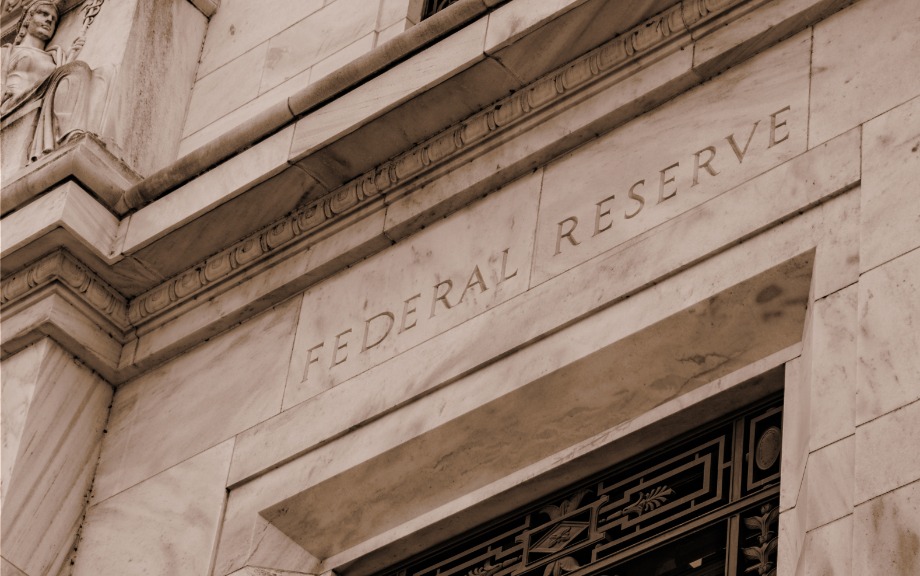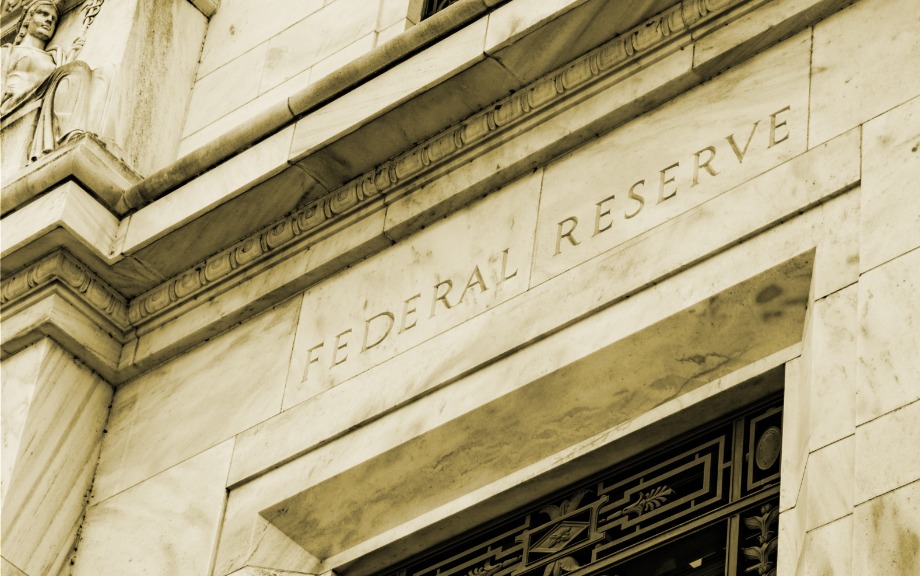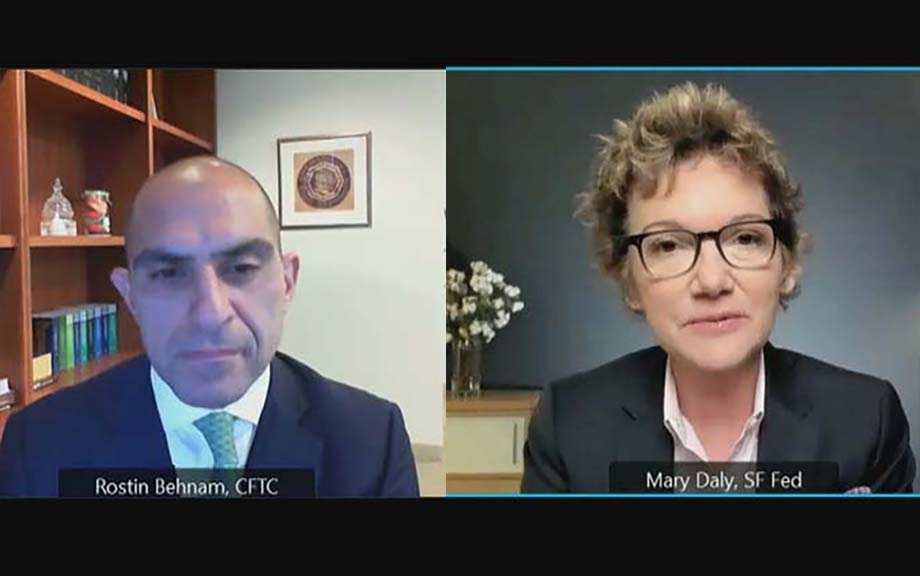With Abundant Reserves, Do Banks Adjust Reserve Balances to Accommodate Payment Flows?

As a result of the global financial crisis (GFC), the Federal Reserve switched from a regime of scarce reserves to one of abundant reserves. In this post, we explore how banks’ day-to-day management of reserve balances with respect to payment flows changed with this regime switch. We find that bank behavior did not change on average; under both regimes, banks increased their opening balances when they expected higher outgoing payments and, similarly, decreased these balances with expected higher incoming payments. There are substantial differences across banks, however. At the introduction of the abundant-reserves regime, small domestic banks no longer adjusted balances alongside changes in outgoing payments.
Measuring the Ampleness of Reserves

Over the past fifteen years, reserves in the banking system have grown from tens of billions of dollars to several trillion dollars. This extraordinary rise poses a natural question: Are the rates paid in the market for reserves still sensitive to changes in the quantity of reserves when aggregate reserve holdings are so large? In today’s post, we answer this question by estimating the slope of the reserve demand curve from 2010 to 2022, when reserves ranged from $1 trillion to $4 trillion.
How Can Safe Asset Markets Be Fragile?

The market for U.S. Treasury securities experienced extreme stress in March 2020, when prices dropped precipitously (yields spiked) over a period of about two weeks. This was highly unusual, as Treasury prices typically increase during times of stress. Using a theoretical model, we show that markets for safe assets can be fragile due to strategic interactions among investors who hold Treasury securities for their liquidity characteristics. Worried about having to sell at potentially worse prices in the future, such investors may sell preemptively, leading to self-fulfilling “market runs” that are similar to traditional bank runs in some respects.
The Fed’s Balance Sheet Runoff: The Role of Levered NBFIs and Households

In a Liberty Street Economics post that appeared yesterday, we described the mechanics of the Federal Reserve’s balance sheet “runoff” when newly issued Treasury securities are purchased by banks and money market funds (MMFs). The same mechanics would largely hold true when mortgage-backed securities (MBS) are purchased by banks. In this post, we show what happens when newly issued Treasury securities are purchased by levered nonbank financial institutions (NBFIs)—such as hedge funds or nonbank dealers—and by households.
The Fed’s Balance Sheet Runoff and the ON RRP Facility

A 2017 Liberty Street Economics post described the balance sheet effects of the Federal Open Market Committee’s decision to cease reinvestments of maturing securities—that is, the mechanics of the Federal Reserve’s balance sheet “runoff.” At the time, the overnight reverse repo (ON RRP) facility was fairly small (less than $200 billion for most of July 2017) and was not mentioned in the post for the sake of simplicity. Today, by contrast, take-up at the ON RRP facility is much larger (over $1.5 trillion for most of 2022). In this post, we update the earlier analysis and describe how the presence of the ON RRP facility affects the mechanics of the balance sheet runoff.
The Fed’s Latest Tool: A Standing Repo Facility

In July 2021, the Federal Open Market Committee announced a new tool for monetary policy implementation: a domestic standing repurchase agreement facility. In the last post of this series, we explain what this new tool is and how it will support the effective implementation of monetary policy in the floor system through which the Fed implements policy.
How the Fed Adjusts the Fed Funds Rate within Its Target Range

At its June 2021 meeting, the FOMC maintained its target range for the fed funds rate at 0 to 25 basis points, while two of the Federal Reserve’s administered rates—interest on reserve balances and the overnight reverse repo (ON RRP) facility offering rate—each were increased by 5 basis points. What do these two simultaneous decisions mean? In today’s post, we look at “technical adjustments”—a tool the Fed can deploy to keep the FOMC’s policy rate well within the target range and support smooth market functioning.
How the Fed’s Overnight Reverse Repo Facility Works

Daily take-up at the overnight reverse repo (ON RRP) facility increased from less than $1 billion in early March 2021 to just under $2 trillion on December 31, 2021. In the second post in this series, we take a closer look at this important tool in the Federal Reserve’s monetary policy implementation framework and discuss the factors behind the recent increase in volume.
How the Federal Reserve’s Monetary Policy Implementation Framework Has Evolved

In a series of four posts, we review key elements of the Federal Reserve’s monetary policy implementation framework. The framework has changed markedly in the last two decades. Prior to the global financial crisis, the Fed used a system of scarce reserves and fine-tuned the supply of reserves to maintain rate control. However, since then, the Fed has operated in a floor system, where active management of the supply of reserves no longer plays a role in rate control, but rather the Fed’s administered rates influence the federal funds rate. In this first post, we discuss the salient features of the implementation framework in a stylized way.
At the New York Fed: Seventh Annual Conference on the U.S. Treasury Market

On November 17, 2021, the New York Fed hosted the seventh annual Conference on the U.S. Treasury Market. The one-day event, held virtually, was co-sponsored by the U.S. Department of the Treasury, the Federal Reserve Board, the U.S. Securities and Exchange Commission (SEC), and the U.S. Commodity Futures Trading Commission (CFTC). The agenda featured one panel on the effects of sudden changes in investor positioning, and two panels discussing proposals to strengthen Treasury market resiliency and improve market intermediation from various public and private sector perspectives. Speeches touched on recommendations from a recent progress report by the Inter-Agency Working Group for Treasury Market Surveillance (IAWG), and efforts to improve market resilience by reforming market structure and regulation. Finally, a fireside chat discussed the importance of increasing diversity of experiences and perspectives within the public and private sectors.










 RSS Feed
RSS Feed Follow Liberty Street Economics
Follow Liberty Street Economics